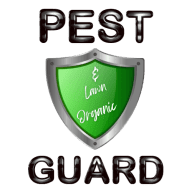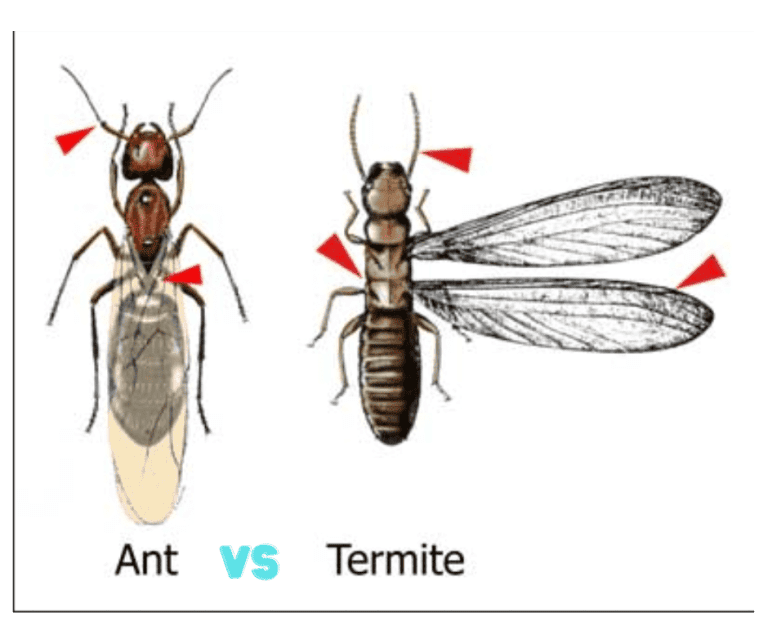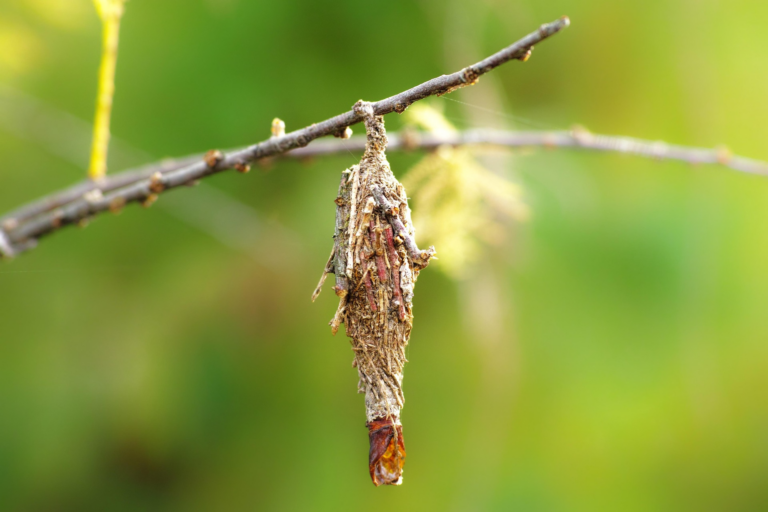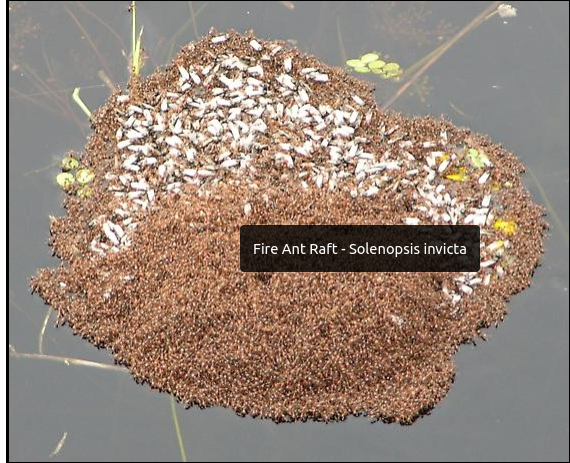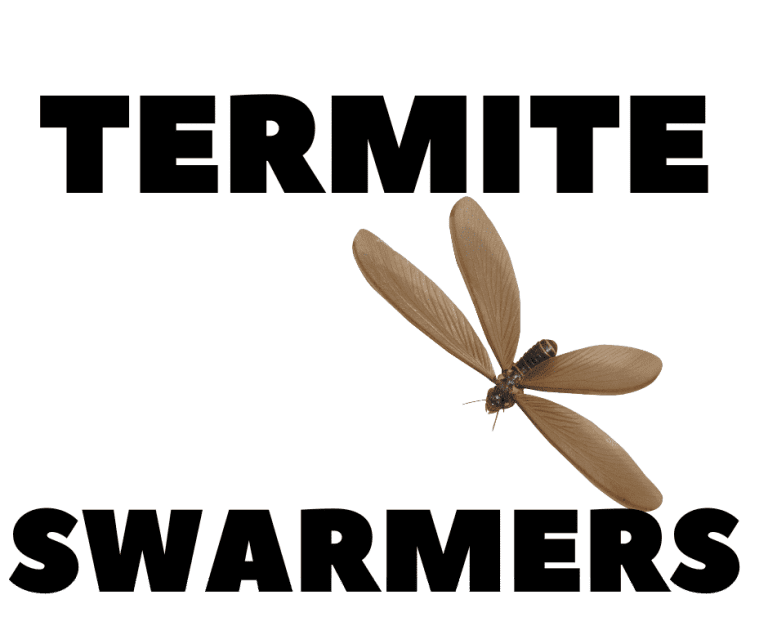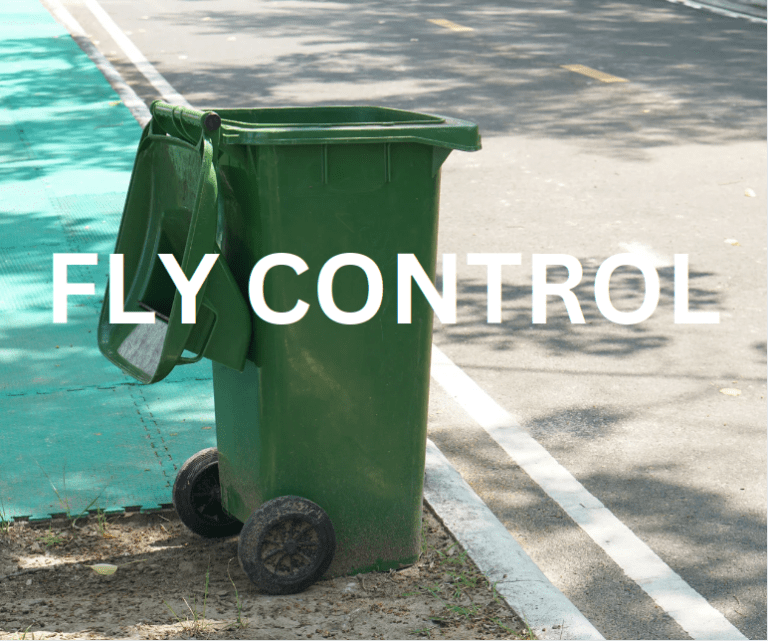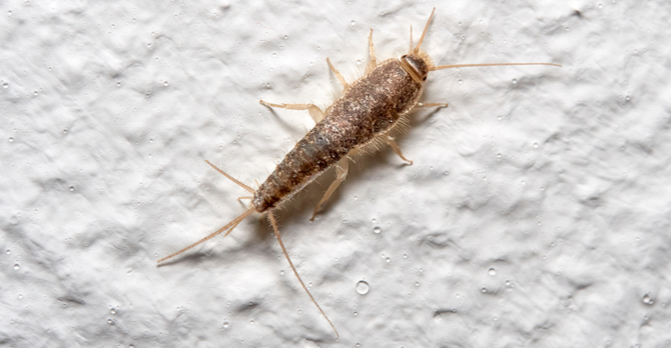Pantry Pests: A Guide to Eliminating Unwanted Guests
Table of Contents
- 1 Pantry Pests; It’s weevil time! BOOTS N SNOOTS!!!
- 1.1 What Are These Tiny Bugs In My Food?
- 1.2 Where Do Pantry Pests Come From?
- 1.3 Monitor for Future Infestations
- 1.3.1 Conclusion-The Lesser Of Two Weevils
- 1.3.2 FAQ’s Pantry Pests / Stored Product Pests
- 1.3.3 What are pantry pests?
- 1.3.4 How do pantry pests get into my food?
- 1.3.5 Can pantry pests harm me?
- 1.3.6 How can I tell if I have pantry pests?
- 1.3.7 How can I prevent pantry pests?
- 1.3.8 What should I do if I find pantry pests in my food?
- 1.3.9 Can I use pesticides to get rid of pantry pests?
- 1.3.10 Can I save food that has been exposed to pantry pests?
- 1.3.11 Can I reuse containers that had infested food?
- 1.3.12 Can pantry pests infest other items besides food?
- 1.4 Links Related To Stored Product Pests/Weevils
Pantry Pests; It’s weevil time! BOOTS N SNOOTS!!!
What Are These Tiny Bugs In My Food?
Discovering tiny bugs in your pantry can be a shocking and unpleasant experience. These uninvited guests, often referred to as pantry pests, stored product pests, food bugs, or weevils, can infest a variety of food items, from grains and nuts to dried fruits and even chocolate. While they may seem harmless, they can quickly multiply and contaminate your food supply.
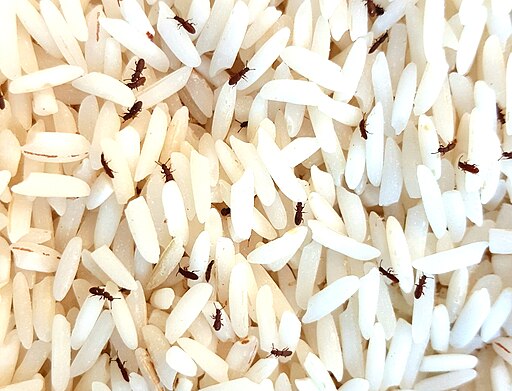
What Are Pantry Pests?
The family Curculionidae, which includes weevils, is the second-largest insect family on the planet, boasting tens of thousands of species.
It’s no wonder that hundreds, if not thousands, of these tiny terrors can find their way into your pantry.
But what exactly are they, and how do they get there?
The most common way for weevils to infiltrate your food is by hitching a ride in the food products you purchase.
Their eggs can be present in grains, flour, rice, and other staples.
While some species can fly, it’s far more likely that they were already inside the food when you brought it home.
Once inside your pantry, weevils hatch and begin their destructive cycle.
These tiny pests chew their way through packaging, contaminating food with their bodies, feces, and eggs.
Unfortunately, once you’ve discovered weevils in your pantry, there’s no easy fix.

The Myth of Pest Control for Pantry Pests-
See No Weevil Do No Weevil
Most assume that calling a pest control company is the solution to a pantry pest problem. However, this is a misconception.
Pest control companies typically use sprays and chemicals that are not safe for food areas. Moreover, they would need to go through every item in your pantry to locate the issue food item.
The only effective way to get rid of weevils is to discard the infested food and thoroughly clean the area. Pesticides are not a viable option as they will contaminate your food.

Where Do Pantry Pests Come From?
While grains like rice, flour, and pasta are frequent targets for pantry pests, other items can also become infested. This includes pet food, nuts, dried fruits, spices, and even dried flowers and potpourri. Surprisingly, even chocolate can be a victim.
One often-overlooked source of infestation is pet food, especially if you’ve had a pet pass away and haven’t discarded their food or treats. This can be a breeding ground for weevils.
To prevent infestations, it’s essential to monitor your pantry regularly. One effective method is to transfer your food into airtight containers, such as glass jars or ziplock bags. This allows you to easily inspect for signs of infestation. Additionally, rotating your food stock can help prevent items from sitting on the shelf for too long, reducing the risk of infestation.
Freezing suspected food items can also be helpful. Freezing kills both weevils and their eggs by causing cellular damage. Unlike the heat used in food processing, which is often insufficient to kill eggs, freezing for a few hours is a reliable method.
While buying dry goods in bulk from wholesale clubs might seem like a tempting cost-saving measure, it can lead to problems if you can’t consume the items quickly enough. If you end up throwing out infested food, the initial savings will be negated.

Monitor for Future Infestations
Once you’ve eradicated your pantry pest infestation, you may want to implement measures to prevent future occurrences. One effective method is using insect monitoring traps. These traps can be purchased at most hardware stores and are specifically designed to capture small insects.
How to Use Insect Monitoring Traps:
- Placement: Strategically place the traps in your pantry, cupboards, and any other areas where you store food.
- Monitoring: Regularly check the traps for signs of insect activity. If you catch any pests, take immediate action to locate the infected product.
If you are not sure or cannot find the source of the weevils using multiple insect traps can help you track down the infected item because the trap closest to the infected item will have more weevils on it than the other traps.
Conclusion-The Lesser Of Two Weevils
Dealing with pantry pests can be frustrating, but with the right knowledge and preventive measures, you can keep these unwanted guests out of your kitchen. Remember, prevention is key. By inspecting your groceries before bringing them home, storing food in airtight containers, and regularly checking your pantry, you can significantly reduce the risk of a weevil infestation.
If you’ve already discovered pantry pests, don’t despair. Discard the infested items, clean the area thoroughly, and consider freezing any items you suspect might be at risk.
If you have any questions or need further guidance, please don’t hesitate to contact Pest & Lawn Organic Guard. We’re here to help you with your Pest and Termite Control needs.
FAQ’s Pantry Pests / Stored Product Pests
What are pantry pests?
Pantry pests are small insects that infest stored food products. Common types include weevils, Indian meal moths, and grain beetles. They can be found in various food items like flour, rice, pasta, nuts, and dried fruits.
How do pantry pests get into my food?
Pantry pests often enter your home through infested food products. Their eggs can be present in grains and other food items when you purchase them. Some species can also fly, but this is less common.
Can pantry pests harm me?
While not typically dangerous to humans, pantry pests can contaminate food with their bodies, feces, and eggs. This can make the food unsafe to consume.
How can I tell if I have pantry pests?
Signs of pantry pests include small bugs in your food, larvae, webbing, and holes in packaging. You might also notice a musty odor.
How can I prevent pantry pests?
To prevent pantry pests, store food in airtight containers, inspect dry goods before purchasing, and rotate your food supply. Cleaning your pantry regularly can also help.
What should I do if I find pantry pests in my food?
If you find pantry pests in your food, discard the infested items and thoroughly clean the pantry area. Avoid using pesticides as they can contaminate food.
Can I use pesticides to get rid of pantry pests?
Pesticides are not recommended for pantry pest control. They can contaminate food and pose health risks.
The best way to eliminate pantry pests is to discard infested items and clean the area thoroughly.
Can I save food that has been exposed to pantry pests?
It’s generally not recommended to save food that has been exposed to pantry pests. However, you can freeze food for several days to kill any potential pests and eggs.
Can I reuse containers that had infested food?
Yes. It’s essential to thoroughly clean any containers that held infested food before reusing them. You can wash them with hot soapy water and then dry them completely.
Can pantry pests infest other items besides food?
Yes, pantry pests can also infest non-food items like dried flowers, potpourri, and birdseed.
Links Related To Stored Product Pests/Weevils
https://www.ams.usda.gov/sites/default/files/media/StoredGrainInsectsReference2017.pdf
